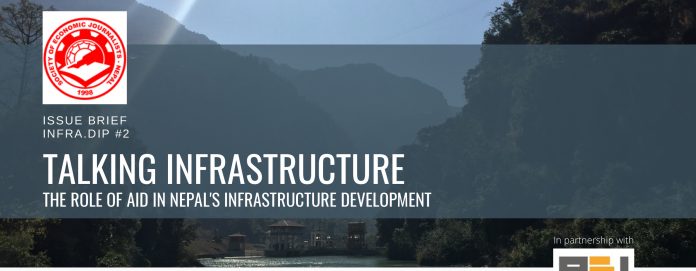
Foreign aid has been a key source of funding for infrastructure development in Nepal. As early as 1953, Nepal received aid from India to upgrade the Tribhuvan International Airport (then called the Gauchar Airport) and the first highway connecting Kathmandu to the Terai and the Indian state of Bihar. [1] Since then, Nepal has received significant bilateral aid for developing infrastructure. India remains a major provider of financial support for projects such as airports, power plants, and roads.
China and Japan are two other major donors to Nepal. China’s assistance started in the early 1960s with the construction of the Araniko Highway that connected Kathmandu to its northern border with China. Other Chinese-assisted infrastructure projects included the trolley bus system and the ring road around Kathmandu. Meanwhile, Japan has supported critical infrastructure such as the Kulekhani Reservoir Hydropower Project and the Kathmandu-Bhaktapur Road. Other countries such as the United States, the United Kingdom, and Germany, among many others, have also helped Nepal develop its energy, communication, and transportation sectors.